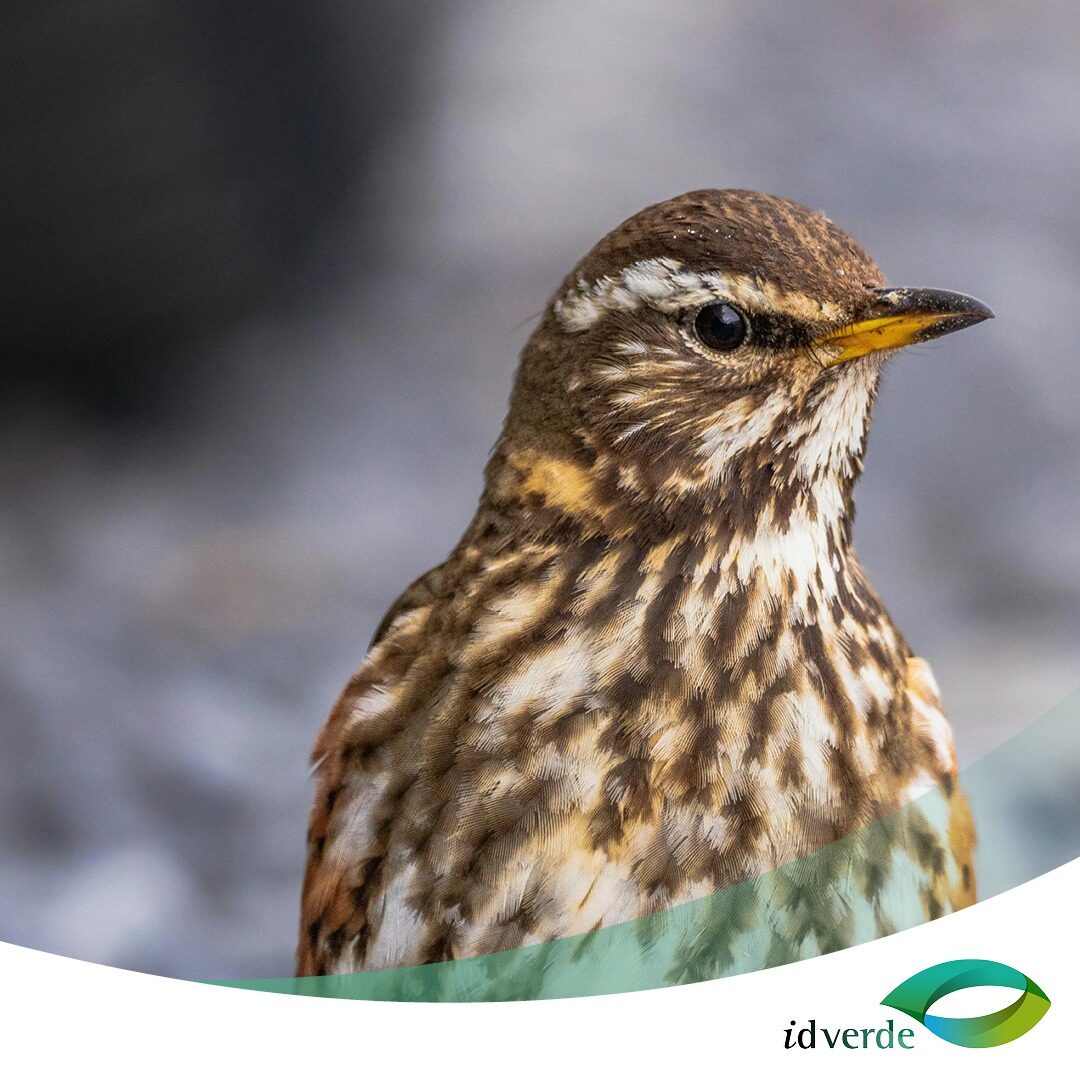As summer ends, many birds begin their migration to warmer wintering grounds. Swifts have already departed, and swallows will soon follow. Year-round residents, meanwhile, are busy feeding up to prepare for the leaner times ahead.
Bird Watching in Autumn:
Visible Migration (Vis-Migging): Bird watchers will be observing the departure of migrants to warmer climates. Large flocks of over 100 wood pigeons will leave en masse for their winter holidays, making early mornings a prime time for bird watching vis-miggers are also looking out for the incoming winter visitors.
Garden Regulars and Migrants:
Some garden regulars will stay, while others migrate to warmer regions. There will also be an influx of birds from northern areas. Thrushes, such as redwings, rely on local berries and often descend in flocks to strip bushes bare before moving on. Keep an eye out for the beautiful waxwings, which are often spotted in supermarket car parks.
Mixed Feeding Flocks:
From autumn through winter, common garden birds form mixed feeding flocks, primarily consisting of blue, great, coal, and long-tailed tits. These flocks attract other species, including robins, dunnocks, goldcrests, marsh tits, treecreepers, blackcaps, and chiffchaffs. It’s always worth scanning a ‘tit flock’ to see what other birds might be among them.
Thrushes from Scandinavia:
Large numbers of thrushes, such as blackbirds, song thrushes, redwings, fieldfares, and robins, migrate from Scandinavia. On still, misty nights in late October and November, listen for the ‘seeep’ call of redwings as they fly overhead.
Autumn is a dynamic time for bird activity, offering plenty of opportunities for bird watchers to observe a variety of species.
For the past six years, idverde has been working in close partnership with the RSPB (Royal Society for the Protection of Birds) to create significant nature conservation achievements across the country. You can read more about the partnership here.



